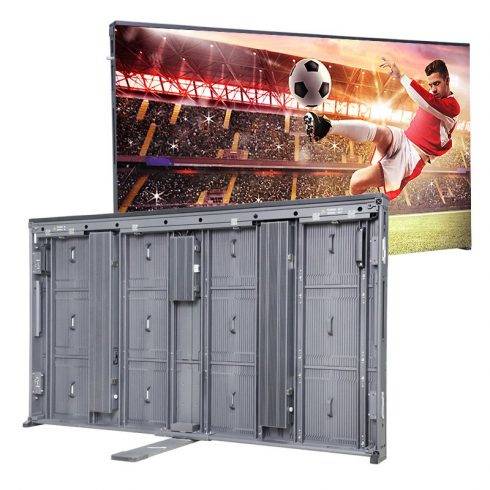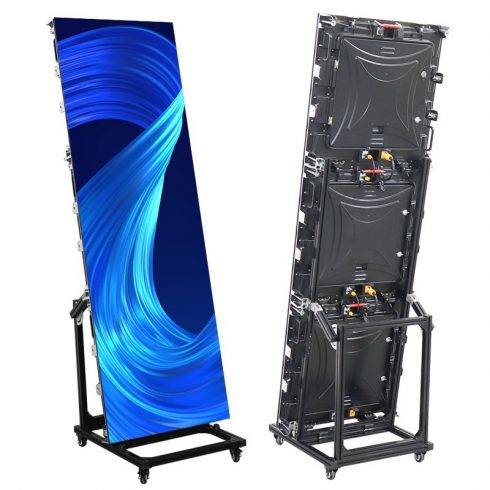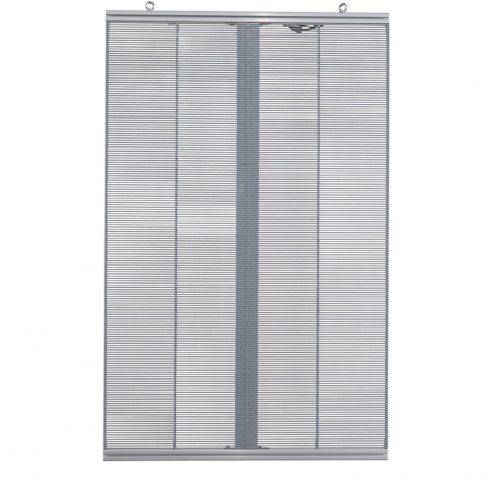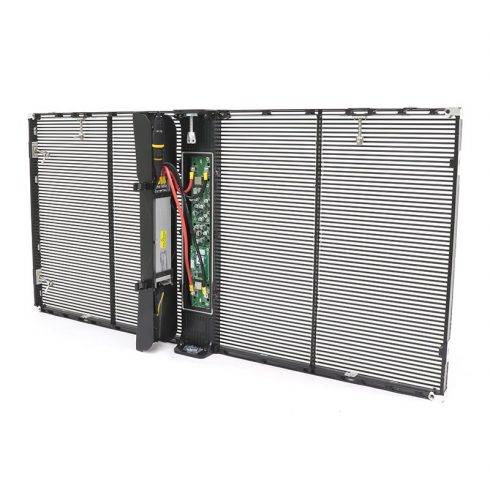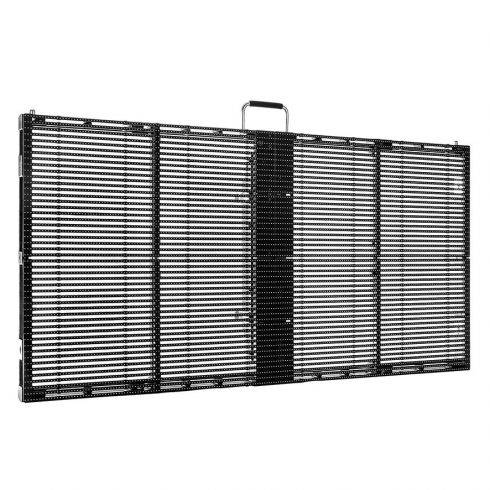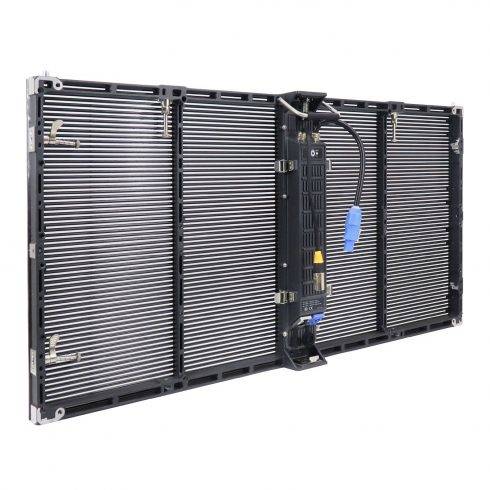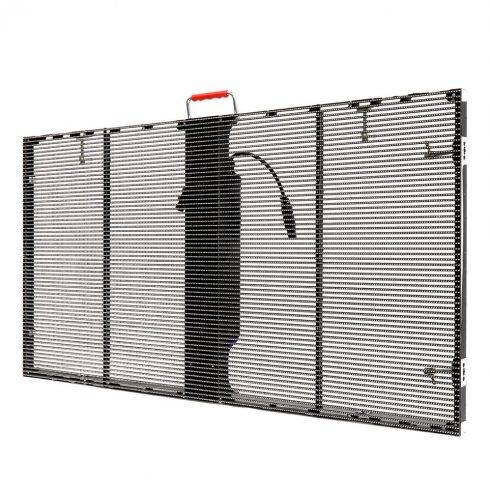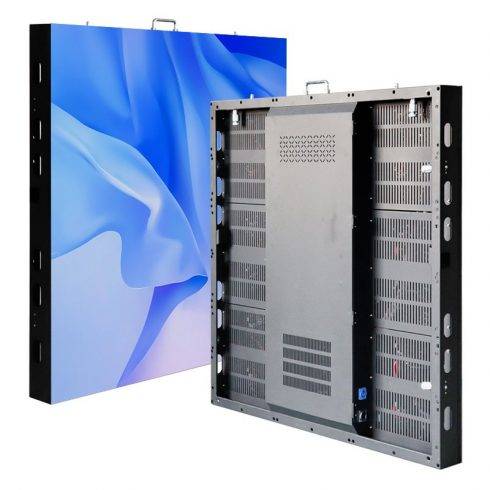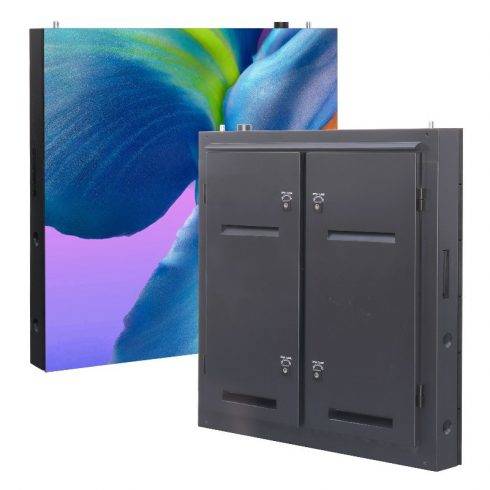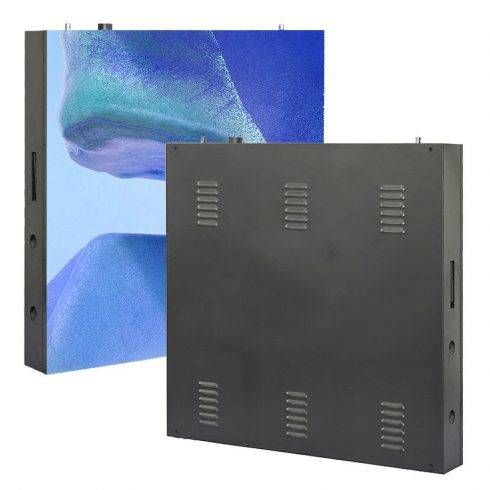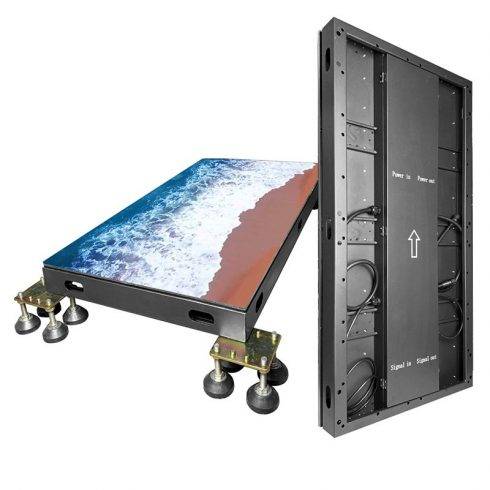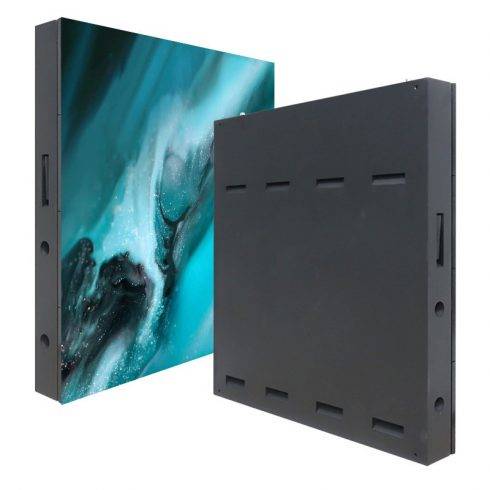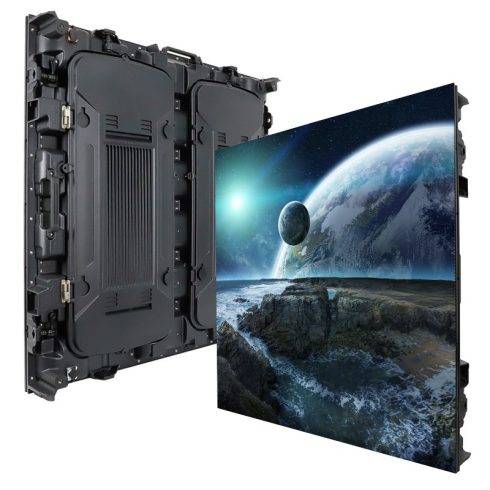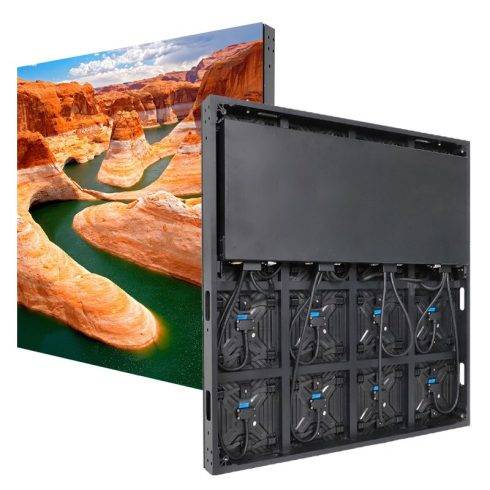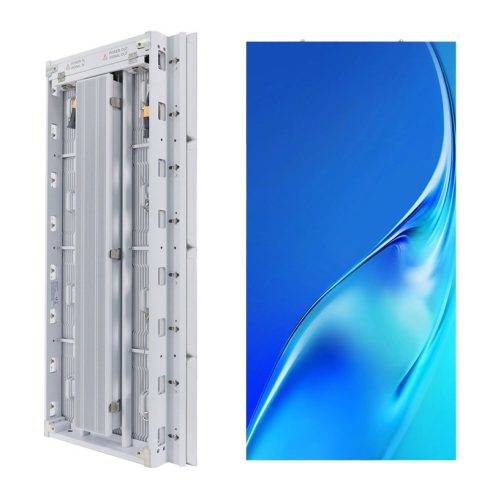The introduction of LED flexible screens marks a significant leap forward in display technology. These screens, characterized by their bendable, rollable, and foldable nature, offer unprecedented versatility and new possibilities for various applications. From enhancing consumer electronics to revolutionizing advertising and interior design, LED flexible screens are set to redefine how we interact with visual media. This essay delves into the technological advancements, diverse applications, and the transformative potential of LED flexible screens.
Technological Advancements
LED flexible screens are a product of sophisticated engineering and materials science. Unlike traditional LED displays, which rely on rigid substrates, flexible screens utilize malleable materials such as organic light-emitting diodes (OLEDs) or micro-LEDs embedded on thin, flexible substrates like plastic, metal foil, or flexible glass. These materials allow the screens to bend, roll, and fold without compromising the integrity of the display.
One of the critical advancements in this technology is the development of thin-film transistors (TFTs) that can operate on flexible surfaces. These TFTs control the light emitted by the LEDs, enabling high-resolution, vibrant displays. Additionally, advancements in encapsulation techniques protect the flexible screens from environmental factors such as moisture and oxygen, which can degrade the organic materials used in OLEDs.
Another significant innovation is the improvement in manufacturing processes, such as roll-to-roll printing, which allows for the mass production of flexible screens at a lower cost. This manufacturing efficiency is crucial for the widespread adoption and commercialization of flexible display technology.
Diverse Applications
The versatility of LED flexible screens opens up a myriad of applications across various industries. Here are some key areas where these screens are making a substantial impact:
Consumer Electronics
In the consumer electronics sector, LED flexible screens are revolutionizing smartphones, tablets, and wearables. Foldable smartphones, for example, can transform from a compact device into a larger, tablet-like screen, offering users more flexibility in how they use their devices. This innovation enhances user experience by providing more screen real estate without increasing the device’s size.
Wearables such as smartwatches and fitness trackers also benefit from flexible screens, which conform to the shape of the wrist, providing a more comfortable and aesthetically pleasing design. Moreover, these screens can be integrated into clothing and accessories, paving the way for advanced wearable technology that seamlessly blends with everyday life.
Advertising and Retail
The advertising and retail industries are leveraging LED flexible screens to create dynamic and eye-catching displays. These screens can be wrapped around columns, curved surfaces, or even molded into unconventional shapes, enabling unique and engaging advertising formats. Retail stores use flexible screens for digital signage that can adapt to the layout of the store, enhancing the shopping experience with interactive and personalized content.
Automotive and Transportation
In the automotive sector, flexible screens are being integrated into vehicle interiors for dashboards, infotainment systems, and head-up displays. These screens can conform to the curved surfaces of a car’s interior, providing drivers and passengers with intuitive and immersive interfaces. Flexible screens are also being used in public transportation systems for dynamic information displays that enhance passenger communication and engagement.
Interior Design and Architecture
LED flexible screens are transforming interior design and architecture by enabling the creation of interactive and adaptive spaces. Walls, ceilings, and floors can be covered with flexible screens to create immersive environments that change according to the user’s preferences or needs. This technology is particularly useful in creating smart homes and offices, where displays can provide real-time information, entertainment, or ambiance control.
Transformative Potential
The impact of LED flexible screens extends beyond their immediate applications, offering transformative potential for the future of display technology and user interaction. Here are some ways in which flexible screens are poised to change the landscape:
Enhanced User Interaction
Flexible screens enable new forms of interaction that were not possible with rigid displays. For example, devices with foldable screens can support multi-tasking by allowing multiple apps to be used simultaneously on different parts of the screen. Interactive surfaces in public spaces can provide tactile feedback, creating more engaging and intuitive user experiences.
Portability and Convenience
The ability to roll or fold screens enhances the portability of electronic devices. Rollable televisions, for instance, can be easily transported and stored when not in use, saving space and providing more flexibility in home entertainment setups. Similarly, foldable laptops and tablets offer the convenience of a large display in a compact form factor, making them ideal for professionals on the go.
Innovative Design Possibilities
Flexible screens unlock new design possibilities for product developers and designers. The ability to create devices with unconventional shapes and forms allows for greater creativity and innovation. This flexibility can lead to the development of new product categories and applications that were previously unimaginable.
Challenges and Considerations
Despite the promising potential, there are challenges and considerations associated with the adoption of LED flexible screens. Durability is a primary concern, as the constant bending and flexing can lead to wear and tear over time. Ensuring the longevity and reliability of these screens is crucial for their widespread acceptance.
Cost is another significant factor. While manufacturing processes have improved, flexible screens are still more expensive to produce than traditional rigid displays. As production scales and technology advances, it is expected that costs will decrease, making flexible screens more accessible to a broader market.
Finally, technical challenges such as maintaining consistent brightness, color accuracy, and resolution across a flexible surface need to be addressed. Ongoing research and development are focused on overcoming these hurdles to ensure that flexible screens deliver the same high-quality visual experience as their rigid counterparts.
Conclusion
The introduction of LED flexible screens represents a groundbreaking advancement in display technology, offering versatility, enhanced user interaction, and innovative design possibilities. From consumer electronics to advertising, automotive, and interior design, the applications of flexible screens are vast and varied. As technology continues to evolve, the challenges associated with durability, cost, and technical performance will be addressed, paving the way for flexible screens to become a ubiquitous feature in our daily lives. The transformative potential of this technology promises to redefine how we interact with visual media, creating new opportunities for creativity and innovation across multiple industries.







